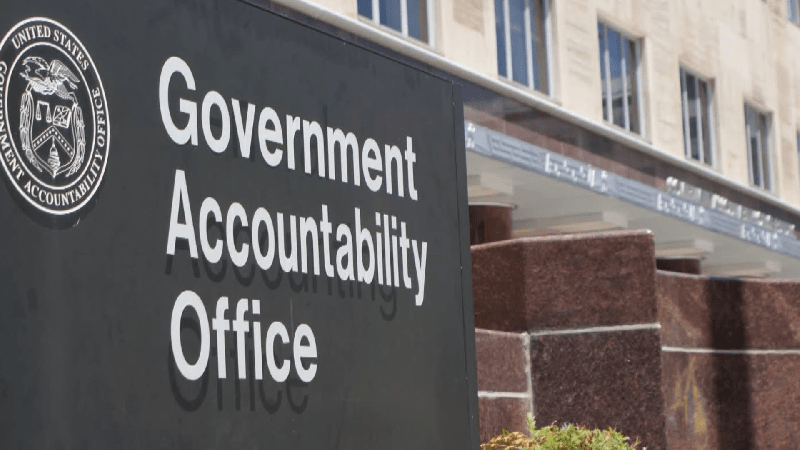
The Government Accountability Office (GAO) has outlined technical and policy options for creating database resources that can be used to identify chemical “fingerprints” and help investigators track down the sources of chemical weapon agents used in attacks.
In a new report, GAO looks at how investigators could trace the course of chemical weapons by taking samples of agents from attack victims and sites – a method called forensic chemical attribution. The chemical fingerprints obtained in that process could provide information to investigators on how chemical agents were made.
“Investigators could use this data to match and trace the agent to its source to help find and prosecute attackers, impose sanctions, or deter future attacks,” the report says.
Chemical weapons use by national governments is prohibited under the Chemical Weapons Convention, but according to the Global Public Policy Institute, over 330 chemical weapons attacks have been launched since 2012.
The forensic chemical attribution technique is a three-step process: the first step is taking a sample from a victim or site of a chemical weapons attack, and the second is to analyze and identify the sample’s chemical components.
The third and final step – which is still in development – would see investigators using data from the first two steps to develop the chemical fingerprint, which could then be matched to a database of information on existing methods or known sources to identify chemical agents.
The process is not without challenges, GAO said, pointing to the complexities inherent in creating a comprehensive international database of chemical fingerprints. Challenges include funding; international collaboration necessary to sample chemicals from around the globe; finding perpetrators; collecting sufficient samples for attribution; and establishing standardized, internationally accepted protocols to ensure results are reliable and trusted.
